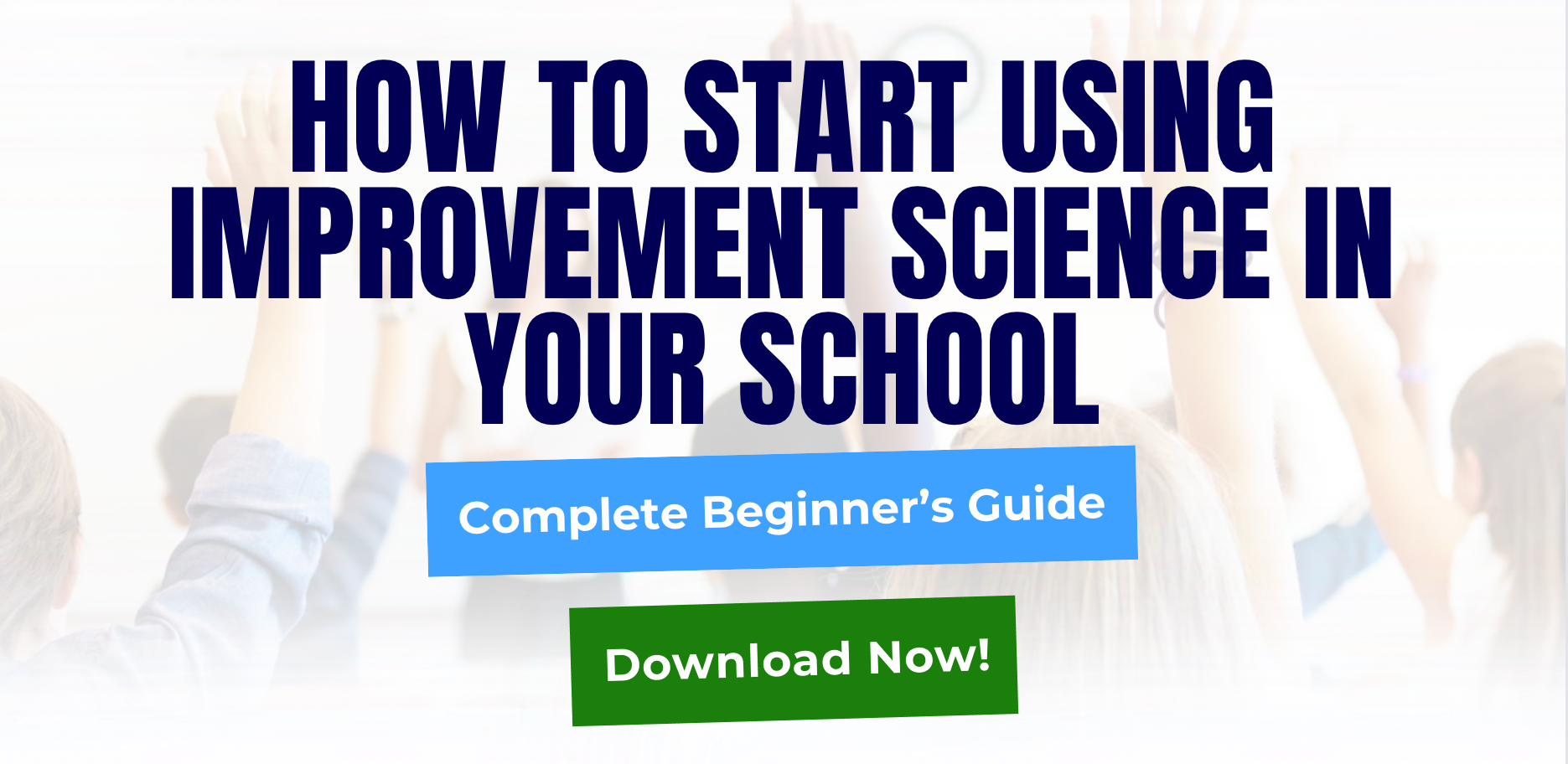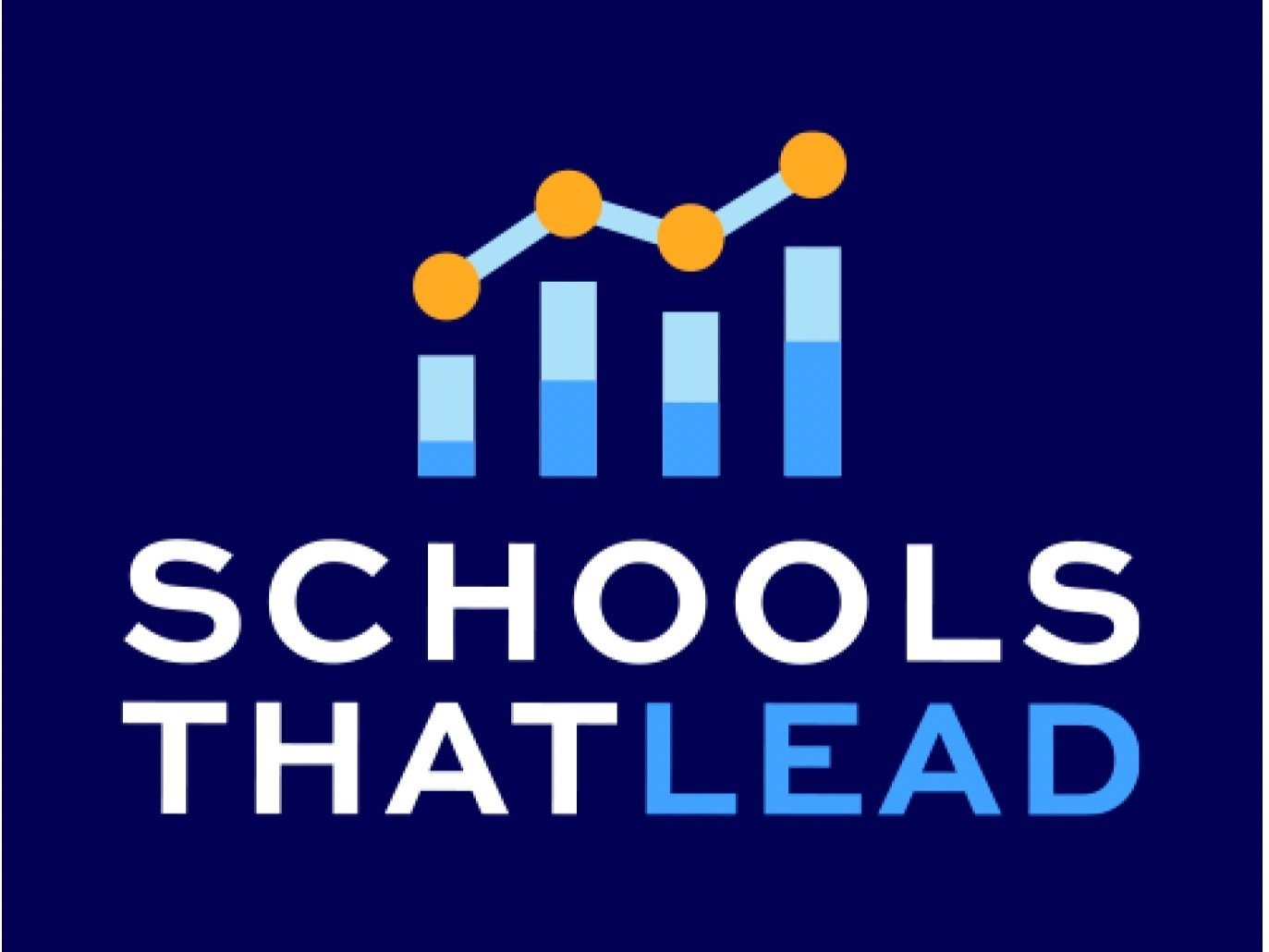How to Use Inquiry-Based Learning in the Classroom
What if your students were the ones asking the questions, driving discussions, and solving problems—without ever asking, "Will this be on the test?"
Imagine a classroom buzzing with curiosity—where students eagerly dive into big questions, investigate real-world challenges, and take ownership of their learning. That’s the power of inquiry-based learning. It shifts the traditional model of instruction from teacher-led lectures to student-driven exploration. Rather than passively receiving facts, students actively engage with content, formulate their own questions, test ideas, and draw conclusions.
This model not only boosts academic achievement but also cultivates essential life skills—critical thinking, creativity, collaboration, and resilience. Inquiry-based learning invites students to wrestle with ambiguity, pursue their passions, and develop a lifelong love of learning. It works across subjects and grade levels, whether you're teaching science in high school, language arts in middle school, or math in an elementary classroom.
In this guide, we’ll explore the core principles of inquiry-based learning, unpack why it’s so effective, and share classroom-tested strategies to help you implement it successfully—starting today.
Key Insights
Inquiry-based learning: A student-centered approach where questions, exploration, and investigation drive the learning process.
Fuels engagement: Helps students take ownership of their learning through curiosity and collaboration.
Scaffolded support: Teachers act as facilitators, offering guidance without dictating the learning path.
Adaptable: Works across all grade levels and subjects, from science experiments to social justice projects.
Evidence-based: Backed by research for improving critical thinking, retention, and academic achievement.
What is Inquiry-Based Learning?
Inquiry-Based Learning (IBL) is a student-centered approach to education that flips the traditional model of passive instruction. Instead of memorizing facts or following a set curriculum without context, students take an active role in their learning by asking questions, engaging in hands-on exploration, and seeking answers through investigation and reflection.
At its core, IBL fosters intellectual curiosity. It invites students to explore big ideas, make connections to real-world issues, and construct understanding by doing—much like scientists, historians, or journalists. Whether they’re conducting experiments, analyzing primary sources, or solving real-world problems, students are guided by inquiry rather than told what to think.
This approach develops essential skills for lifelong learning, including critical thinking, problem-solving, collaboration, and resilience. It also helps students see the relevance of their learning beyond the classroom, making them more invested and engaged in the process.
The 4 Types of Inquiry-based Learning
Inquiry-based learning isn’t a one-size-fits-all strategy. It includes varying levels of structure, each designed to match students' readiness and support gradual independence:
Confirmation Inquiry
Students are provided with the question, method, and outcome—usually to reinforce a previously introduced concept. This level helps students build confidence and familiarity with the inquiry process by practicing how to follow a structured investigation.
Structured Inquiry
Teachers provide the question and the procedure, but students must analyze the data and draw their own conclusions. This approach supports students in learning how to think critically and interpret findings without the pressure of designing the entire investigation.
Guided Inquiry
The teacher presents only the research question. Students are responsible for designing and carrying out their investigation. This method encourages autonomy and creative thinking, as students choose how to approach the problem and gather evidence.
Open Inquiry
The most student-directed model, open inquiry places full responsibility on students to generate questions, design methods, conduct research, and communicate findings. It mirrors real-world research and innovation, developing higher-order thinking skills and fostering deep engagement.
Each type of inquiry plays a valuable role in the classroom. By moving along this continuum—from teacher-led to student-driven—educators can scaffold learning and gradually release responsibility, helping students become confident, independent thinkers.
Why Inquiry-Based Learning Works
Inquiry-Based Learning (IBL) is not just a method—it’s a mindset that transforms classrooms into spaces where students are active participants in their own education. Its power lies in how it taps into students’ natural curiosity, cultivates essential life skills, and ensures that every learner sees themselves as capable and valued.
Engages the Whole Student
Inquiry-based learning reaches beyond academics by engaging students both emotionally and intellectually. When students have ownership over the questions being explored, they connect more deeply with the content. Learning becomes less about completing tasks for a grade and more about satisfying genuine curiosity. This emotional investment fuels motivation and resilience—even when the learning gets hard.
Supports Deeper Understanding
IBL shifts the focus from memorization to meaning-making. Rather than passively receiving information, students interact with content, test ideas, analyze multiple viewpoints, and construct their own understanding. These cognitive processes support long-term retention and foster skills like synthesis, reasoning, and adaptability. Students don’t just learn what to think—they learn how to think.
Builds Transferable Skills
Inquiry-based classrooms mirror the real world. Students learn how to research, evaluate evidence, collaborate with peers, present their findings, and reflect on their process. These skills—critical thinking, communication, teamwork, and creative problem-solving—are highly valued in both higher education and the modern workforce. IBL helps students become not just better learners, but better thinkers and citizens.
Improves Equity and Inclusion
IBL inherently values student voice. Because it starts with students' own questions and experiences, it naturally brings diverse perspectives into the learning process. This inclusivity is especially powerful for historically underserved students, who may not always see their identities reflected in traditional curricula. By allowing multiple ways to engage with content and demonstrate learning, IBL creates a more equitable classroom environment where every student feels seen, heard, and capable.
How to Structure Inquiry-Based Lessons
Inquiry-based learning thrives on thoughtful structure. While it empowers students to take the lead, a strong framework ensures that their exploration remains purposeful and productive. Whether you're teaching elementary students or high schoolers, the following five steps can help you design lessons that inspire curiosity and deepen understanding.
Step 1: Start with a Provocation
Kick off your lesson with something that disrupts the ordinary—a vivid image, surprising statistic, short film clip, hands-on object, or even a puzzling scenario. This initial “hook” should challenge assumptions or raise questions that aren’t easily answered. For example, showing students a video of ocean plastic pollution might prompt questions about global waste systems, sustainability, or consumer habits. The goal is to ignite curiosity and create a need to know more.
Step 2: Encourage Student Questions
After the provocation, open the floor for student inquiry. Encourage learners to generate open-ended questions—ones that can’t be answered with a simple “yes” or “no.” Use tools like a Wonder Wall, Question Formulation Technique (QFT), or collaborative whiteboarding to capture their thoughts. Instead of jumping in with answers, model how to ask better questions and refine them for investigation. This step empowers students to take ownership of their learning journey from the very beginning.
Step 3: Guide the Investigation
Once students select a driving question or theme, they begin the process of exploring and investigating. This phase can include research, experiments, surveys, expert interviews, reading primary sources, or exploring real-world data. While students lead the inquiry, the teacher plays a critical role in scaffolding their experience—offering resources, guiding research skills, and ensuring academic rigor. Think of yourself as a facilitator or coach, helping students stay focused while allowing space for exploration.
Step 4: Reflect and Discuss
Reflection is what transforms experience into learning. Set aside time for students to think deeply about what they’ve discovered and how they got there. Use learning journals, group debriefs, or reflection protocols like “I used to think… now I think…” to support metacognition. Peer discussions at this stage help refine understanding and introduce new perspectives. Encourage students to articulate how their thinking has evolved and what new questions they now have.
Step 5: Share and Act
The final phase is where students apply their learning and make it visible. This could be through a class presentation, digital portfolio, blog post, gallery walk, or even a community action project. Sharing their work not only validates their efforts but also reinforces the idea that learning has purpose beyond the classroom. When students connect their knowledge to real-world action—such as writing to local officials, creating awareness campaigns, or designing prototypes—they see themselves as capable changemakers.
Classroom Strategies for Inquiry-Based Learning
Implementing inquiry-based learning (IBL) effectively requires a balance of structure, creativity, and responsiveness to student needs. Below are strategies that help educators foster curiosity, develop critical thinking, and support all learners through the inquiry process.
Use Questioning Techniques
Inquiry begins with great questions. Teachers can model this by using Socratic questioning techniques that prompt deeper thinking and invite multiple perspectives. Tools like the Question Formulation Technique (QFT) help students learn how to craft, categorize, and refine their own questions—turning passive learners into curious investigators. Encourage students to recognize the difference between closed (fact-based) and open-ended (exploratory) questions, and help them shift toward the latter as they grow more comfortable with inquiry.
Integrate Technology Thoughtfully
Digital tools can powerfully enhance inquiry-based learning when used with intention. Platforms like Google Forms allow students to conduct surveys and gather authentic data, while Padlet and Flip offer collaborative spaces for sharing reflections, multimedia responses, and evolving ideas. In STEAM classes, Sphero robots bring coding, engineering, and science together in interactive investigations. The key is to use tech to support exploration—not to replace curiosity with automation.
Connect to Real-World Contexts
The most powerful inquiries are rooted in real life. Design units around authentic, relevant problems—climate change, local pollution, public transportation, or housing affordability. Students are more motivated when they see how their learning can address real-world issues. Consider exploring local community challenges or news stories as entry points, and invite guest speakers, community leaders, or parents to share perspectives and expertise. Authentic contexts make learning meaningful and build civic engagement.
Scaffold the Process
While inquiry emphasizes student agency, many learners need structured support—especially when first engaging in self-directed learning. Provide tools such as checklists, graphic organizers, and sentence stems to help students plan and reflect. Anchor charts can outline steps in the inquiry process, and journals can guide reflection. Over time, gradually reduce scaffolds as students demonstrate increased independence, allowing them to take fuller control of their learning journey.
Create a Safe Learning Environment
Inquiry thrives in classrooms where students feel emotionally safe and intellectually supported. Foster a culture where it’s okay to ask “Why?” and “What if?”—and even “I don’t know yet.” Encourage respectful dialogue, active listening, and constructive feedback. Normalize mistakes as part of learning, and celebrate intellectual risk-taking. When students trust that their voices matter and their curiosity is welcomed, they are far more likely to dive deeply into inquiry.
Common Challenges and How to Overcome Them
Classroom Management
Inquiry time can get noisy—and that’s a good thing. But it needs structure. Use consistent routines and clear expectations. Create group norms and contracts to keep students focused and accountable. Assign roles in collaborative groups, such as researcher, recorder, or discussion leader, to ensure equitable participation and clear responsibilities.
Assessment
Traditional tests often fail to capture the depth of inquiry learning. Instead, use rubrics that assess critical thinking, collaboration, and creativity. Incorporate student reflections, portfolios, learning journals, and project presentations. Invite students to self-assess and set goals. This approach not only measures learning more authentically but also reinforces metacognitive skills.
Curriculum Alignment
One common myth is that inquiry learning doesn’t align with required standards. In reality, many national and state standards emphasize skills like analysis, reasoning, communication, and problem-solving—all core outcomes of inquiry. Backwards design is key: begin with the standards, then craft inquiries that guide students toward those outcomes while allowing for exploration.
Time Constraints
Not every inquiry has to be a full-blown, weeks-long project. Try “mini inquiries” that span a day or two, or embed short inquiry cycles into existing lessons. For example, a short inquiry into “Why do shadows change throughout the day?” can be part of a science unit on light and time. With thoughtful planning, even tight schedules can accommodate meaningful inquiry.
Examples of Inquiry-Based Learning in Action
Science
In a middle school unit on environmental science, students examine the question: “How can we ensure access to clean water in our community?” They design and test their own water filtration systems using everyday materials, analyze water samples, and present their designs to local leaders.
Language Arts
High school students studying a novel such as To Kill a Mockingbird develop essential questions like “What does justice mean in different communities?” They research historical and current legal cases, conduct interviews, and create multimedia projects that connect literature to modern-day issues.
Social Studies
In a government class, students take on roles in a simulated town hall to debate a current local issue—such as adding a bike lane or developing a new park. They research stakeholder positions, prepare arguments, and present proposed solutions to a panel of teachers or local officials.
STEAM
Students in an upper elementary class use Sphero robots to explore planetary motion. They program the robots to simulate orbits, calculate speed and distance, and then reflect on how their models represent real astronomical systems.
Elementary
First graders investigate the question: “What do plants need to grow?” Through classroom gardens, observations, journaling, and group discussions, they learn about sunlight, soil, and water—while developing early science inquiry habits.
The Bottom Line
Inquiry-based learning transforms education. Instead of being passive recipients of knowledge, students become active participants in their own learning journey. It shifts the question from "What do I need to know?" to "What do I want to find out?"
When you make space for curiosity, inquiry, and critical thinking, you help students build the confidence and skills to navigate an unpredictable world. Inquiry isn’t just a method—it’s a mindset. And once your classroom embraces it, the possibilities are endless.
FAQs
What is the main goal of inquiry-based learning?
To develop students’ ability to ask meaningful questions, think critically, and construct knowledge through investigation.
Can inquiry-based learning work in large classes?
Yes. Teachers can manage large classes by using structured routines, clear group roles, and peer facilitators.
How is inquiry-based learning different from project-based learning?
While both are student-centered, IBL emphasizes the process of questioning and investigation, whereas PBL focuses on completing a final product.
Is inquiry-based learning suitable for young students?
Absolutely. Young learners are naturally curious and benefit from guided inquiry tailored to their developmental level.
What subjects are best for inquiry-based learning?
It works across subjects, especially science, social studies, language arts, and integrated STEAM learning.
How do I assess inquiry-based learning?
Use formative assessments, student journals, rubrics, self-assessments, and presentations to evaluate progress and understanding.
What role does the teacher play in inquiry learning?
Teachers are facilitators and guides, helping students shape questions, access resources, and reflect on their learning.
Can inquiry-based learning improve academic outcomes?
Yes. Research shows IBL increases retention, engagement, and critical thinking, which contributes to improved academic achievement.
What if students struggle with open-ended learning?
Start with structured or guided inquiry and provide scaffolds like graphic organizers, sentence starters, and modeling.
How do I get started with inquiry-based learning?
Begin with a simple question or provocation and experiment with short inquiry activities. Reflect and refine your practice over time.

DANA C. DIESEL
Dana is President and CEO of Schools That Lead, Inc. She also teaches courses at Wilmington University on the use of improvement science in schools to students pursuing their doctorates in educational leadership.


